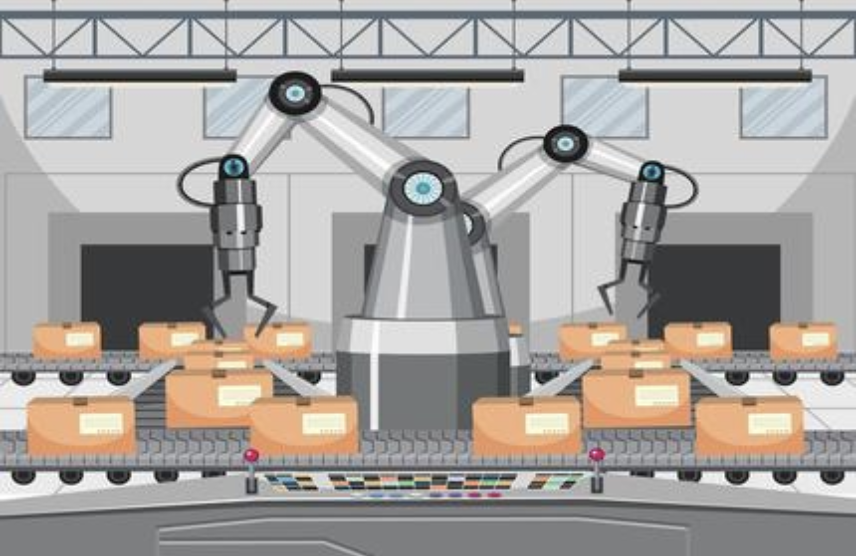The combination of AI and weather forecasting technology is moving towards new progress

The modern meteorological monitoring system is undergoing profound changes. Faced with increasingly complex climate change, traditional prediction methods are gradually showing limitations, prompting the industry to explore more efficient technological paths. Currently, the integration and innovation of intelligent algorithms and physical models are reshaping the global meteorological service landscape.
The traditional technological path is facing bottlenecks
Classic meteorological forecasting relies on physical equations to construct numerical models and simulate atmospheric motion laws through supercomputing systems. This method requires processing millions of variable parameters and involves complex fluid mechanics calculations, resulting in long computation cycles and high energy consumption costs. Industry observers point out that such methods have a significant lag in response speed to extreme weather events, making it difficult to meet the timeliness requirements of disaster prevention and reduction.
Intelligent systems break through technological barriers
Emerging technologies inject new momentum into meteorological forecasting. The research team is focusing on developing a new intelligent prediction system, which uses deep learning of historical meteorological data to construct high-precision prediction algorithms. This technological path breaks through the computational power dependence of traditional methods and can quickly analyze the changing patterns of multidimensional parameters such as atmospheric temperature, pressure, and humidity.
In terms of computational efficiency, intelligent systems have demonstrated significant advantages. The prediction engine developed by a multinational research team can complete mid-term climate simulations on a global scale within minutes. Compared to traditional solutions, this instant response capability significantly shortens the disaster warning time window and provides a critical preparation period for emergency decision-making.
Technological innovation drives application upgrading
Intelligent prediction technology is improving service efficiency from multiple dimensions. In the field of typhoon path prediction, a new algorithm can identify the impact range of disasters in advance by analyzing the sea surface temperature gradient and wind field changes. In response to micro meteorological phenomena such as short-term heavy precipitation, a hybrid model combined with satellite remote sensing data is used to achieve precise spatial positioning of regional precipitation intensity.

Industry practice has shown that intelligent systems also perform outstandingly in air quality prediction. By integrating emission source data with atmospheric diffusion models, the new generation algorithm can dynamically track the migration path of pollutants, providing scientific basis for environmental governance. This technological breakthrough enables urban managers to more accurately formulate emission control measures.
Technological integration opens up new paths
The current technological development is showing a trend of integration. The cutting-edge team is exploring the collaborative mechanism between intelligent algorithms and physical models to enhance prediction reliability through complementary advantages. A joint research project uses numerical model outputs as training samples for intelligent systems, while utilizing machine learning to optimize physical parameter settings, forming a bidirectional reinforcement technology loop.
In the field of precipitation prediction, this fusion model has made breakthrough progress. The research team synchronized radar echo data with numerical forecast results and inputted them into an intelligent system, successfully improving the accuracy of local severe convective weather warning. The test data shows that the prediction efficiency of the hybrid model for sudden rainstorm is several times higher than that of the traditional method.
Industry Challenges and Development Directions
Technological evolution still faces multiple bottlenecks. The "black box" nature of intelligent systems makes it difficult to trace predictive logic, which poses obstacles to algorithm optimization. The research team is developing visual analysis tools to attempt to decipher neural network decision-making processes and establish interpretable technical frameworks.

Balancing computational accuracy and cost has become a focal issue. Although intelligent systems significantly reduce energy consumption for single prediction, the model training phase still requires massive computing resources. The industry is exploring distributed computing architecture, reducing technological barriers through shared computing power pools, and promoting the inclusive development of intelligent weather services.
The future meteorological service system will exhibit diversified characteristics. The physical model continues to undertake basic research functions, while the intelligent system focuses on real-time prediction applications, and the two are seamlessly connected through data interfaces. The multinational technology alliance is developing unified data standards to promote the interconnectivity of global meteorological data.
In this technological revolution, the talent cultivation system is synchronously upgraded. University research institutions focus on cultivating interdisciplinary talents in computational meteorology, with a particular emphasis on strengthening the integration of interdisciplinary knowledge in data science, fluid mechanics, and environmental engineering. This composite talent reserve will become the core driving force for promoting sustained innovation in the industry.
From supercomputing to intelligent inference, meteorological forecasting technology is writing a new chapter. With the continuous improvement of algorithm accuracy and the expansion of application scenarios, human understanding of atmospheric motion laws will reach new heights. This quiet technological revolution will eventually transform into a solid shield for safeguarding the safety of life and property.
(Writer:Cily)


